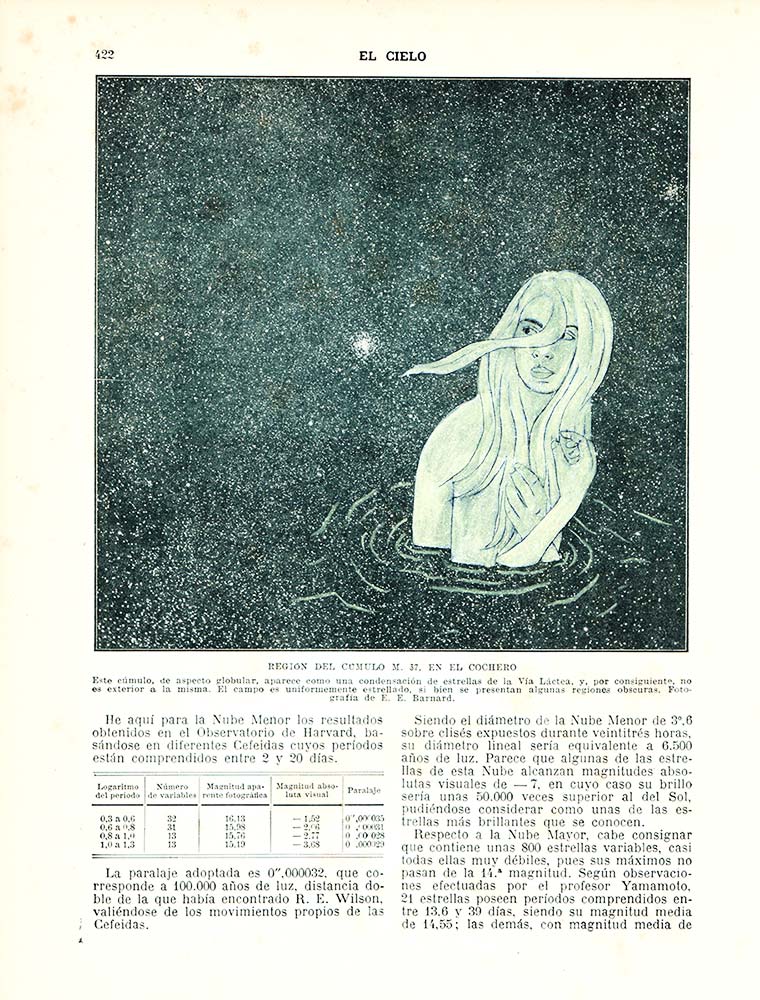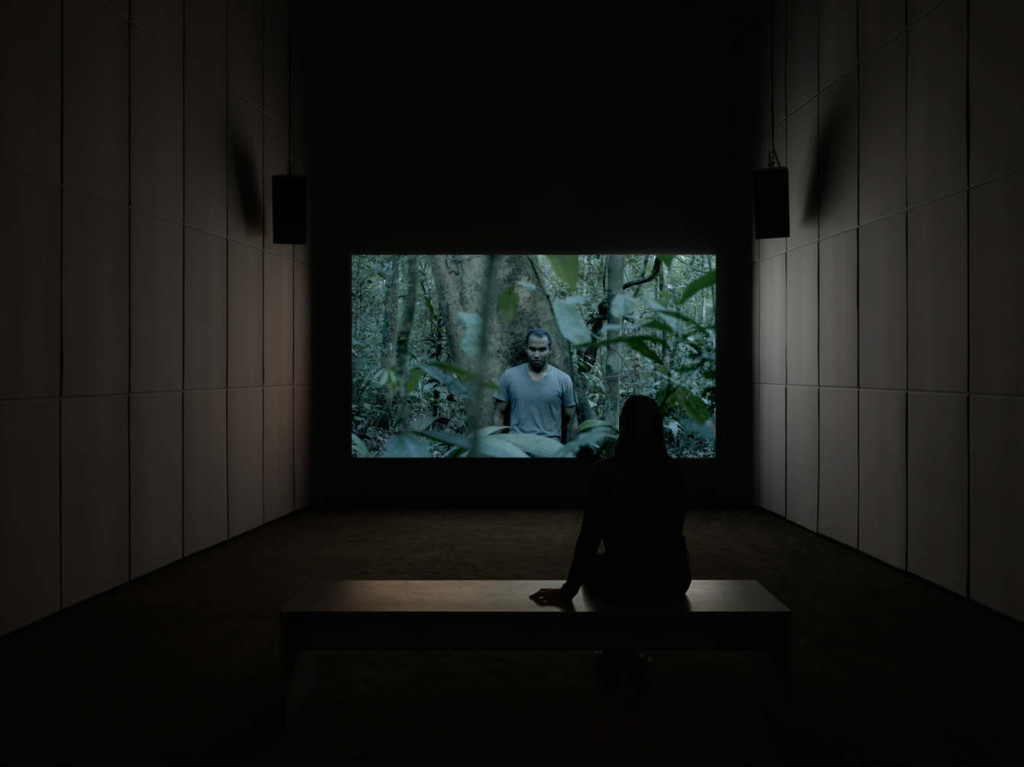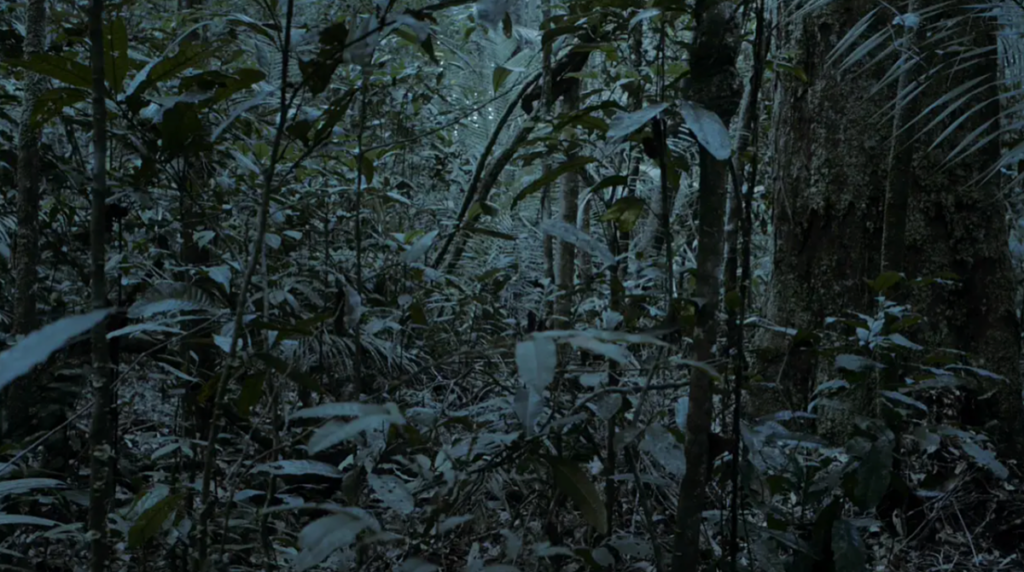- No products in the cart.
Miralda for the 2020 LOOP Fair: Trains and vacancy
By Cecilia Durán
“The loneliness produced by the isolation during the lockdown in spring 2020 caused by the Covid-19 pandemic, inspired me to scrutinize outer life through my window. This window is right above my computer in my Poblenou studio in Barcelona and I call it «my TV». Through this window, incessantly and for more than 10 years, I have seen trains and more trains passing by, most of them with the typical ‘Renfe-Cercanías’ aesthetic» – Miralda
When the world seemed to come to a halt, moving in slow-mo, nonchalantly, in what felt like an eternity inside four walls, the artist Miralda demonstrated otherwise. You see, nothing ever fully stops, it just becomes secondary, it changes, it wears out like the limbs of the millions of people who forgot that we are beings of mobility, of hectic footsteps and rushed thoughts. The world didn’t stop, we did. Being forced to stay inside, scared of an invisible enemy that stalked our every move, we were left with a bittersweet feeling of the world we used to know, of routine, crowds and dirty hands. The Spanish artist Miralda created Quarantinetrains III: Rodalies from the window of his Poblenou Studio, to demonstrate that trains, allegorically representing life, don’t stop, regardless of the circumstances.
Ironically, as trains became vacant of people, they grew enveloped with graffiti, which became the motif for the series Miralda presents, in collaboration with Galeria Senda, in the 2020 LOOP Fair. With this project, Miralda looks at the urban spaces transformed through silent and hidden collective cultural practices, such as the creation of graffiti. It is an artwork deeply connected to the artistic inclinations of Miralda around urban popular culture, typical of previous projects and videos. And yet, this piece surprises us for its aesthetic and narrative register, which manifests a deep desire for fresh and novel abstraction.
In the quarantine, Miralda made boredom a source of inspiration and of it came this video trilogy of kaleidoscopic figures born from the relationship between benign vandalism and straight-line mobility. The first video of the trilogy premiered in May 2020, featured by the 100 ways to live a minute platform of the Pushkin State Museum of Art of Moscow. Odd circumstances call for odd solutions, and in the case of the 2020 LOOP fair, good solutions. This year LOOP will maintain its physical mode with the “Loop salon” in the Museu d’Història de Catalunya (17-19 November), and will have the option of watching online (17-26).
Watch the video Quarantinetrains III: Rodalies by Miralda here

































































































